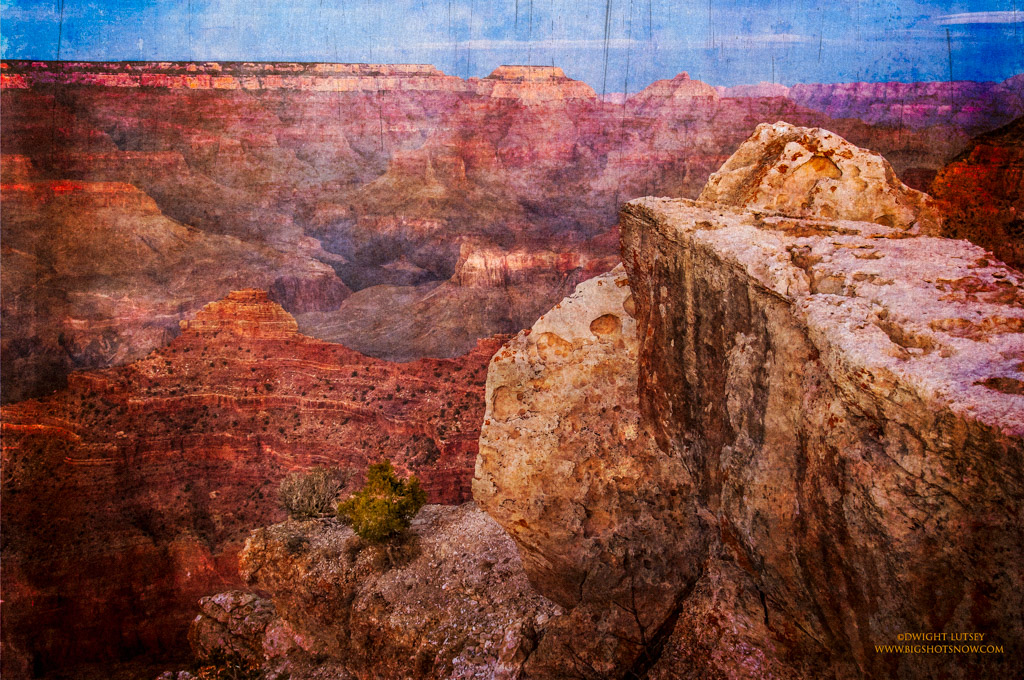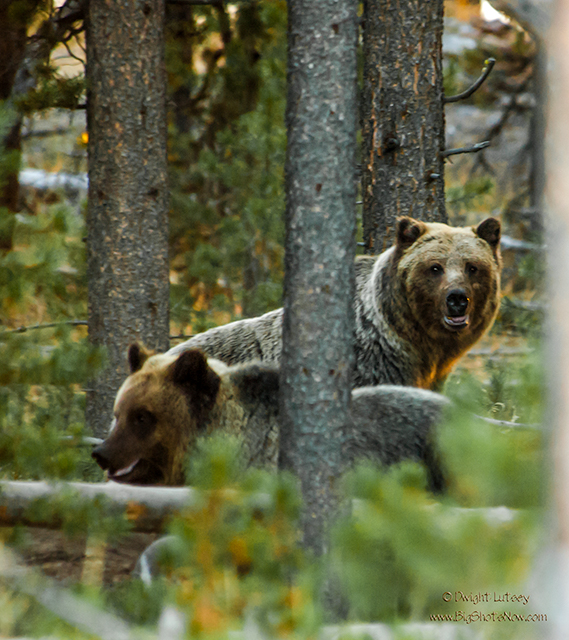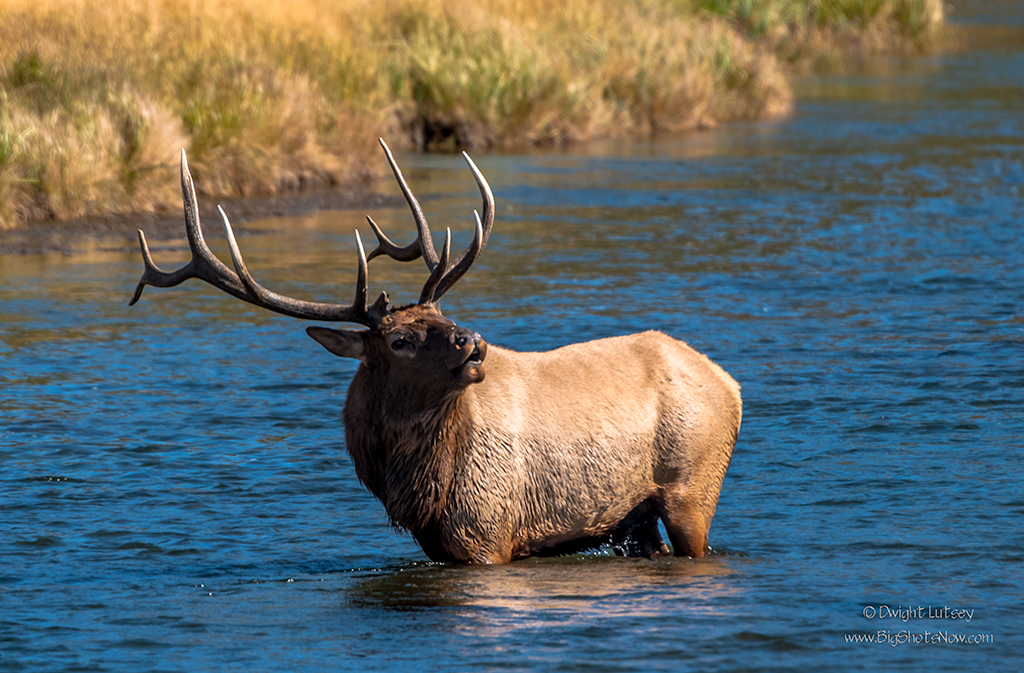This is the proposed sketch for the new Grand Canyon diorama. Due to possible governmental budget cuts (by shortsighted bureaucrats and other government officials with comb overs), where our National parks’ funding for upkeep and improvements is considered a frivolous and unnecessary expense, we have been contacted by the state of Arizona to create a diorama that would be viewable from the various lookouts and other vantage points most used by visitors today. This would be undertaken to help offset some of the detrimental effects that would occur from this shortsighted but lucrative action.
The officials of Arizona, where some of you know the Grand Canyon is currently located, have indicated a growing concern for the likely loss of tourist dollars if large portions of the Grand Canyon are closed to view. The new Wingnut in charge of overseeing our Nation’s National Parks and wildlife’s well being and good health as well as other parts of our citizens lives and freedoms here in our good but not great enough yet country, is proposing that not only should funding be cut for the maintenance of our park system but actual use of the parks should be curtailed as it would be more beneficial to the overall public good if those individuals who insist on visiting our national parks and take nonprofit advantage of its beauty, would stay home and tend to their coal burning furnaces and visit places more suited to enhancing our economy, such as the various golf courses, gambling casinos, high-rise hotels and other privately owned profit centers.
To aid in encouraging this new type of activity large areas of the Grand Canyon will simply be blocked off and closed to viewing. Some of it may simply be filled in and leveled off for building new golf courses, gambling casinos and high-rise hotels and to make it simpler to mine the minerals that may lie beneath now useless land under the Colorado river drainage. This hither to now unused property has not yet been fully developed to extract profits that could be gained by strip mining, river diversion, etc.
Well this could be an unmitigated disaster as there are many people here in America who like to go to these areas, especially the Grand Canyon, just to look at it. They like it. It makes them feel good in a way that is different from losing their money at the craps table in high-rise hotels with gambling casinos. They, the visitors, spend money on bumper stickers, frybread, the occasional hotel room, binoculars to look into the Grand Canyon and other national wonders, t-shirts with pictures of the Grand Canyon on them and phrases like “I’m with Dumbass” and arrows pointing in different directions indicating where dumbass might be, margaritas, sunglasses to replace those that fall into the Grand Canyon, new $8000 digital cameras with even more expense lens’s and straps to keep them from falling into the Grand Canyon when they’re leaning closer to get better pictures, sunburn prevention systems, and tattoos of the Grand Canyon, as you can see the list goes on and on.
With all of the possible catastrophes that could and probably will befall our most scared traditions and places we like but don’t really make the kind of money that large commercial ventures make, the officials of Arizona called and said “Hey, looks like we’ll need some dioramas. Better get busy.” What you see above is the first draft of one of the new Grand Canyon dioramas we are preparing for installation as soon as word comes down to kill the parks. This will be slightly different than our usual 3-D dioramas such as the one in Yellowstone National Park as we cannot get the necessary permits to construct and install our normal fiberglass and concrete dioramas. Instead this will be a 6 mile wide by 47′ ¾” high canvas roller, much like the old window shades you used to get at Woolworths. Remember? The kind that if you let them go before they got to the bottom they’d snap up and roll around the wooden spring thing at the top of the window making this cool flapping sound, then the canvas is mounted on tasteful cast iron or aluminum 60′ uprights shaped like Saguaro cactus in front of each view that you can no longer see as it is gone.
We’ll only be installing these on the South rim as there won’t need to be any for the North rim. Access will not be available to the public as that is where the bulldozer ramps and conveyor belts down to the canyon floor will be set up. Plus the tailings from the ore extraction will be dumping back into the river and that would be dangerous for the public to go wandering through that stuff.
We’d prefer to do the old style diorama as we have to cut slits in the canvas of these new ones to let the wind through so they don’t shred themselves. But since we can’t, there it is, make the best of it. Since most people have short little spans of attention they most likely won’t even remember what the real deal looked like anyway.
It looks like we’ll be making dioramas for the full 137 miles of the canyons length as once these new directives go into effect they’ll be busting hump to get this place shut down and development underway. Let us know if you like the new look of the replacement or not. We’re going with it regardless but it’s always fun to hear what you think about it.
In the interest of full disclosure the image above is a photograph taken at the Grand Canyon then run through several versions of software that includes Photoshop (Yes Virginia there is a Photoshop and we use it) to produce an image that looks like a painting. But then you knew that just by looking at it.




You must be logged in to post a comment.